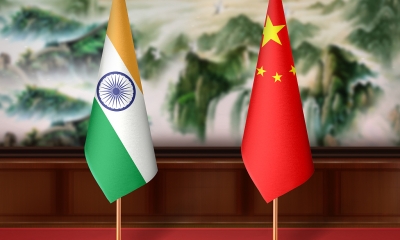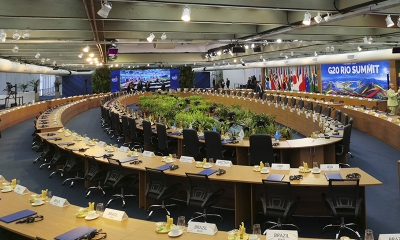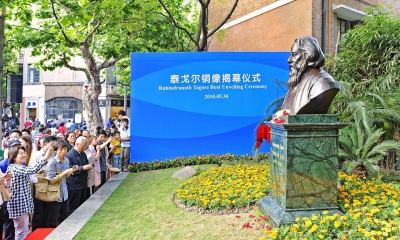India-China Ties Shall Be Further Strengthened
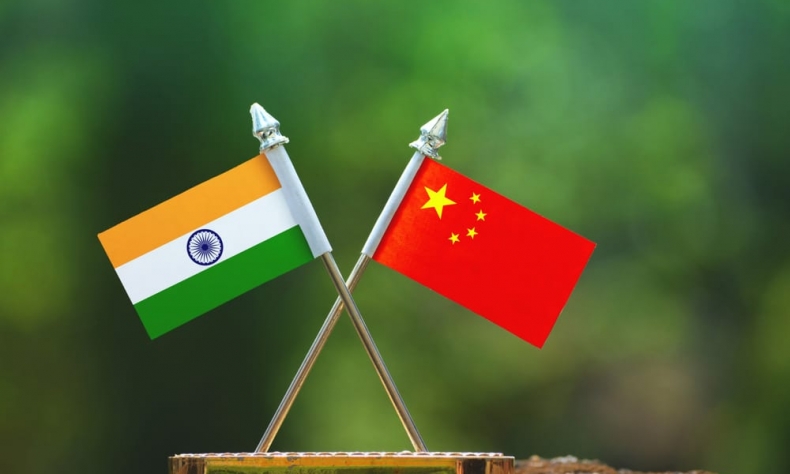
If both New Delhi and Beijing can find a way to bridge the divide over things like the border issues and the Belt and Road Initiative through dialogue and consultation, both sides will create mutual benefits for their over 2.7 billion people, as well as the region and the rest of the world.
More than a year has passed since “the deadliest border clash” between Indian and Chinese soldiers in the Galwan Valley along the Line of Actual Control (LAC) in Ladakh region of the undefined India-China border. The Galwan Valley clash on June 15, 2020, undoubtedly disrupted the smooth conduct of bilateral relations between the two big neighboring countries.
However, immediately after the June 15 clash, the two countries came forward to cool down tensions along the LAC in the Western Sector of the Sino-Indian border through dialogue and negotiations. As a result of a series of military and diplomatic talks, India and China completed the withdrawal of troops and weapons from the Pangong Lake area, one of many friction points in Ladakh, in line with the February 11, 2021, LAC disengagement agreement as part of the five-point agreement reached between Indian External Affairs Minister S Jaishankar and Chinese State Councilor and Foreign Minister Wang Yi at a meeting in Moscow on the margins of a Shanghai Cooperation Organization (SCO) conclave on September 10, 2020.
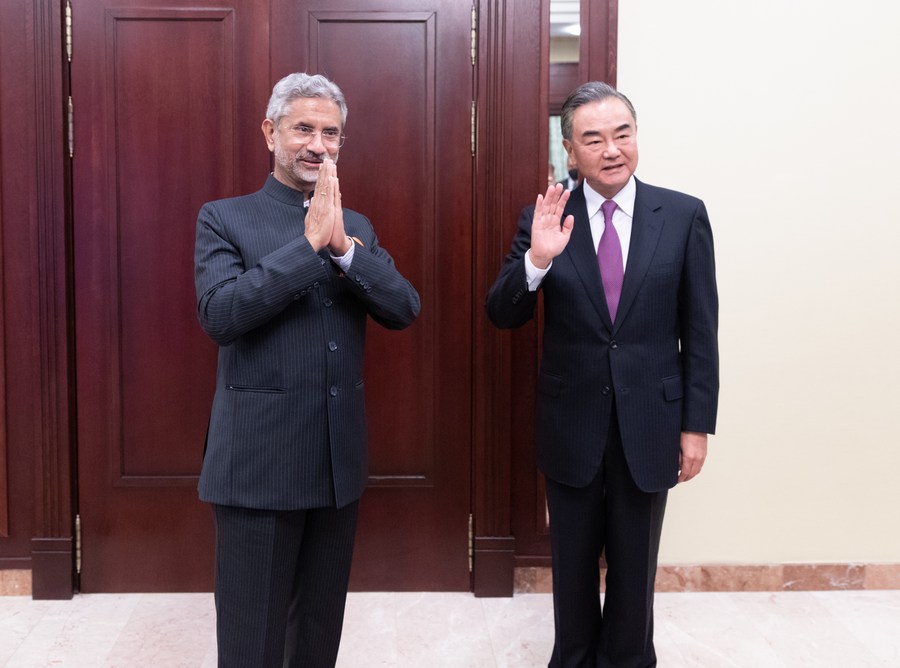
Mutual trust remains fragile
Since the February disengagement, the India-China border area has generally remained peaceful and stable. The trust has built up between the armies of India and China, in the words of Indian Army Chief General M M Naravane in an interview with CNN News18 on May 19: “The situation along the LAC post the disengagement of February has been very cordial. Both sides are observing that disengagement in letter and spirit.”
On the other hand, during the 22nd round of talks of the Working Mechanism for Consultation and Coordination on India-China Border Affairs on June 25, 2021, both sides agreed to maintain dialogue and communication through the diplomatic and military mechanisms to reach a mutually acceptable solution for complete disengagement from all friction points so as to ensure full restoration of peace and tranquility to enable progress in the bilateral relations.
However, since the Ladakh face-off, the relationship between India and China has been “in tatters”. The blame game is being played out by the two sides. While China accuses India of breaking its promises and illegally crossing the LAC, India said that the Chinese army “was solely responsible” for the clash, launched the provocation and initiated the attack.
Undoubtedly, such type of high-pitched remarks on both sides is certainly not conducive to easing India-China border tensions. Both sides must show restraint in the sensitive border confrontation by adopting a holistic approach to each other. The two countries are neighbours, have been neighbours and will remain neighbours. They should find permanent solutions to the disputed issues through talks.
A Bloomberg report revealed that India has redirected at least 50,000 additional troops to its “disputed” border with China in a historic shift toward an offensive military posture against the world’s second-biggest economy according to. So far, India has moved almost 200,000 troops focused on the border and there has been an increase of more than 40 per cent since last year. On the other hand, on July 2 the Wall Street Journal reported that “China and India have sent tens of thousands of soldiers and advanced military equipment to their disputed border, as troop deployments in the region reach the highest level in decades.”
Since more soldiers are patrolling both sides of the disputed areas, this cannot guarantee a peaceful and stable India-China border rather a miscalculation could risk unintentional war between the two close neighbours.
On the other hand, many Chinese experts believe that the redeployment of Indian troops and fighter jet squadrons as well as the Narendra Modi-led Bharatiya Janata Party (BJP) government’s combative attitude toward China can’t give India border leverage against China because of the Chinese military advantage over India. A media report in The Global Times said that since the start of the year, the PLA Xinjiang Military Command has been commissioning a number of advanced weapons and equipment including Type 15 light tanks, PCL-161 122mm-caliber self-propelled howitzers, PHL-03 long-range multiple rocket launcher systems, HQ-17A field air defense missile systems, and different variations in the Type 08 armored vehicle family.
Commenting on India’s reported troop surge Chinese Foreign Ministry spokesperson Wang Wenbin said on June 28: “The words and deeds and military deployment of the Indian military and political dignitaries should be conducive to easing the situation and enhancing mutual trust, not the opposite.”
Following the 72-day Doklam standoff in mid-2017, India has stepped up its diplomatic and military moves to counter China by advocating the “China Threat Theory”. India is also actively strengthening defense cooperation with the United States, Japan and Australia under the Quadrilateral Security Dialogue in order to prevent China from fully “controlling the South China Sea.”
On October 27, 2020, India and the U.S. signed the Indo-U.S. Basic Exchange and Cooperation Agreement (BECA). Notably, the two countries signed the Communications Compatibility and Security Agreement (COMCASA) in the first edition of India-U.S. 2+2 Ministerial Dialogue held in New Delhi in September 2018.

The Dushanbe meeting brings positive signals
Despite points of differences on the LAC standoff, Indian foreign minister held a bilateral meeting with his Chinese counterpart on the sidelines of SCO Foreign Ministers Meeting on July 14 in Dushanbe, capital of Tajikistan to discuss how to iron out differences between the two close neighboring countries. The meeting between two foreign ministers has brought in a vernal breeze in bilateral ties after a bad year of disputes and differences.
It is obvious that both Jaishankar and Wang are apparently taking a pragmatic approach to the Sino-India relationship after last year’s clash in the Galwan Valley. It’s really encouraging that both ministers are making continuing efforts at guiding bilateral ties towards normalcy. Wang told Jaishankar that the two countries should refrain from taking any unilateral action in sensitive, disputed areas to avoid misunderstanding and misjudgment that can lead to a repeat of what happened last year. The interactions between the two countries should mainly be led by cooperation, mutual benefit, and complementarities with healthy competition, and avoid confrontation, Wang said.
While conveying India’s position on the border disputes with China on the LAC, Indian minister responded by saying that “India doesn’t and hopefully won’t change its strategic judgment over bilateral ties and is willing to work with China to prompt bilateral relationship out of the downturn.” He also said that “a prolongation of the existing situation was not in the interest of either side”. Undoubtedly, the Dushanbe meeting has helped break the impasse on a positive note for India and China in their attempt to create more mutual trust.
During the meeting, Wang reiterated that “China and India are each other’s partners, not rivals or enemies.” After the outbreak of the devastating second wave of COVID-19 pandemic in India, China has continued to assist and support India to help fight against the pandemic, which is a concrete example of “building a community with shared future of mankind”. Since April, China has supplied more than 5,000 ventilators, 21,569 oxygen generators, over 21.48 million masks and around 3,800 tonnes of medicine to India, according to statistics from the General Administration of Customs of China.
It must be noted here that the non-resolution of the boundary issue has not deterred either of the two countries from enhancing bilateral trade, which is worth $87.6 billion in 2020, of which India’s exports to China were $20.8 billion, a year-on-year increase of 16 percent. China customs data showed that during the first half of 2021, India’s exports to China shot up by 69.6 percent y-o-y to $ 14.74 billion. It shows that the Chinese market will always welcome Indian marketable commodities. The Indian government at the centre needs a pragmatic realization that any economic warfare against China will hurt India more, as also the real purpose of “Atmanirbhar Bharat” campaign (self-reliant India) since India’s dependency on China is real.
Over the years, China remains an important neighbor for India. As two major developing and neighboring countries, a good bilateral relationship is important to both India and China. The diplomatic goal should be to find areas of commonality. The two countries need to help each other succeed instead of undercutting each other. China has proven its sincere intention to share its experience and achievements with India. During his visit to India in 2014 and 2019, President Xi Jinping called for China and India to jointly realize national rejuvenation. If both New Delhi and Beijing can find a way to bridge the divide over things like the border issues and the Belt and Road Initiative through dialogue and consultation, both sides will create mutual benefits for their over 2.7 billion people, as well as the region and the rest of the world.
The article reflects the author’s opinions, and not necessarily the views of China Focus.
 Facebook
Facebook
 Twitter
Twitter
 Linkedin
Linkedin
 Google +
Google +




